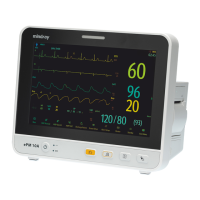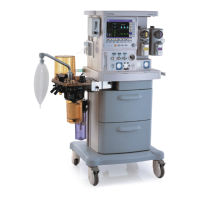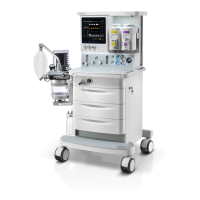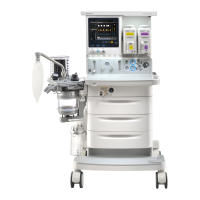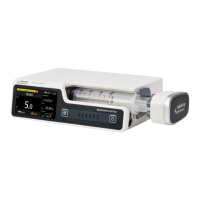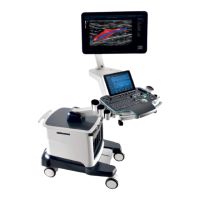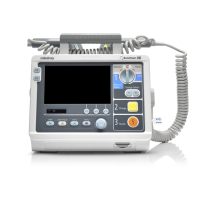13 - 2
• SpO
2
is empirically calibrated in healthy adult volunteers with normal levels of carboxyhemoglobin
(COHb) and methemoglobin (MetHb).
• To protect from electric shock, always remove the sensor and completely disconnect the pulse
oximeter before bathing the patient.
• The pulse oximeter is not an apnea monitor.
• The pulse oximeter should not be used for arrhythmia analysis.
• Change the application site or replace the sensor and/or patient cable when a persistent SpO2 Low
Signal Quality message is displayed on the equipment. These messages may indicate that patient
monitoring time is exhausted on the patient cable or sensor.
• Replace the cable or sensor when a “SpO2 Sensor Off”, “SpO2 No Sensor”, or “SpO2 Low Signal
Quality” message is consistently displayed while monitoring consecutive patients after completing
troubleshooting steps listed in this manual.
• Variation in measurements may be profound and may be affected by sampling technique as well as
the patient's physiological conditions. Any results exhibiting inconsistency with the patient’s clinical
status should be repeated and/or supplemented with additional test data. Blood samples should be
analyzed by laboratory instruments prior to clinical decision making to completely understand the
patient’s condition.
• Use only SpO
2
sensors specified in this manual. Follow the SpO
2
sensor’s instructions for use and
adhere to all warnings and cautions.
• Do not place the pulse oximeter where the controls can be changed by the patient.
• If using pulse oximetry during full body irradiation, keep the sensor out of the radiation field. If the
sensor is exposed to the radiation, the reading might be inaccurate or the device might read zero for
the duration of the active irradiation period.
• Additional information specific to the Masimo sensors compatible with the equipment, including
information about parameter/measurement performance during motion and low perfusion, may be
found in the sensor's directions for use (DFU).
• Masimo cables and sensors are provided with X-Cal™ technology to minimize the risk of inaccurate
readings and unanticipated loss of patient monitoring. Refer to the Cable or Sensor DFU for the
specified duration of the patient monitoring time.
13.3 SpO
2
Measurement Limitations
The following factors may influence the accuracy of SpO
2
measurement:
■ Patient physiological characteristics:
◆ Cardiac arrest
◆ Hypotension
◆ Darkly pigmented skin
◆ Shock
◆ Severe vasoconstriction
◆ Hypothermia
◆ Severe anemia
◆ Ventricular septal defects (VSDs)
◆ Venous pulsations
◆ Poor perfusion
◆ Dysfunctional hemoglobin, such as carboxyhemoglobin (COHb) and methemoglobin (MetHb)
◆ Elevated levels of bilirubin
◆ Vasospastic disease, such as Raynaud’s, and peripheral vascular disease
